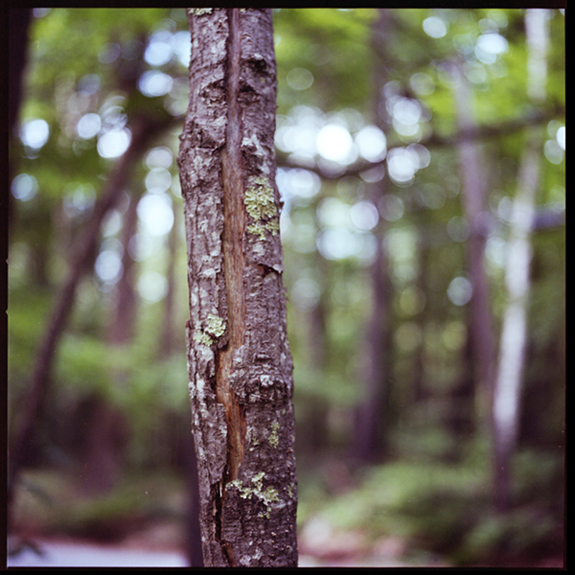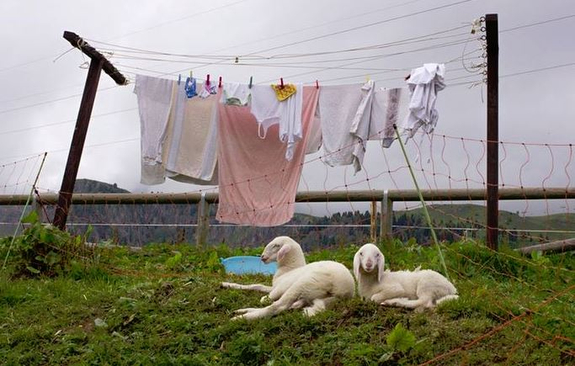
RobertAshby.net
All over the countryside in North West Leicestershire there are rocks, concrete blocks, tree stumps and piles of earth in lay-bys, property entrances and field gateways. What is going on, or, more precisely, what is being stopped from going on?
I first photographed the reason for the blocks at the same time as the first of the blocks themselves, early one bright Sunday morning at a roundabout near my village, where a small group of travellers had set up camp alongside the road. Part of a lay-by off the roundabout had been cut off with huge rocks from one of the local quarries.
As is the way with these sorts of things, once you notice one example, you see a lot more. So I went out to investigate and found many more around the county. Every field, empty factory, lay-by and dead end bit of roadway was blocked in the same way. I also started to notice a lot of traveller home sites; little bits of land that had been colonised and turned into homesteads. Then I found one homestead that had been completely burnt out. It didn’t look like it was an accident. I realised that this was more than just dealing with a minor inconvenience; that there was a fairly serious issue of a clash of lifestyle and thinking going on; one that may never be resolved. Although I am not religious, it reminded me of a quote from the Christian Bible that I had heard a long time ago: “Let us not therefore judge one another any more: but judge this rather, that no man put a stumbling block or an occasion to fall in his brother’s way.”
— Robert Ashby, Swannington, Leicestershire, England






















